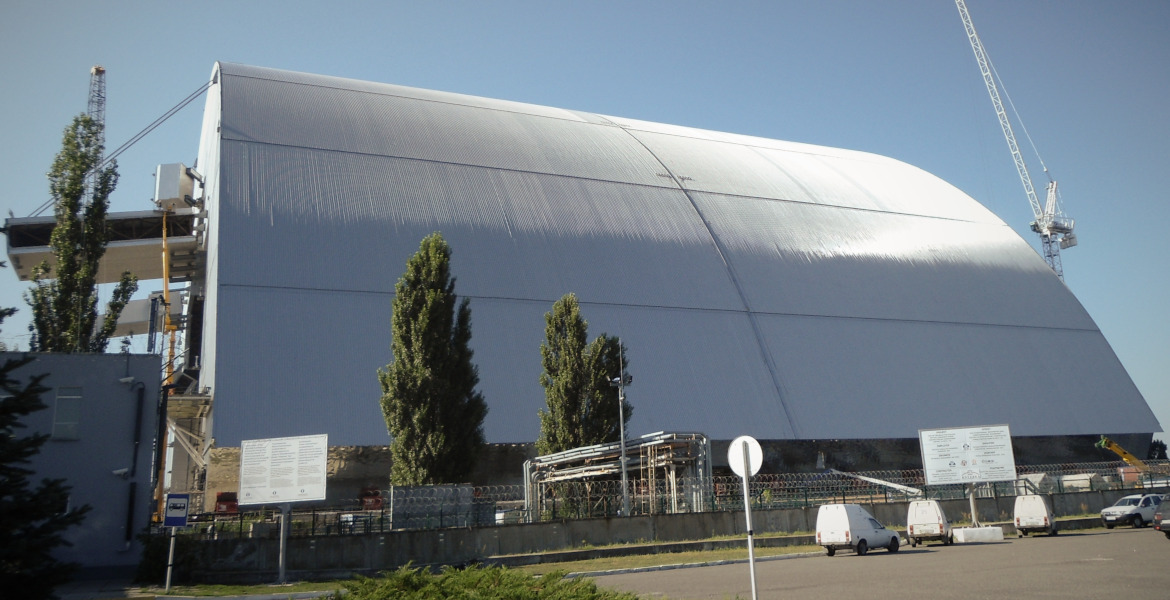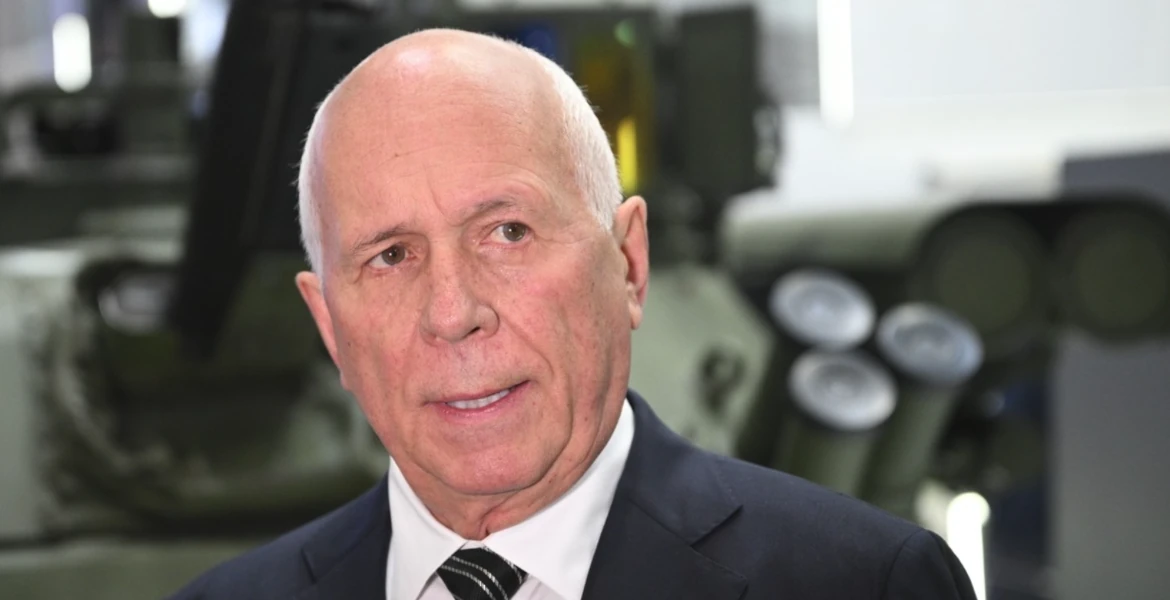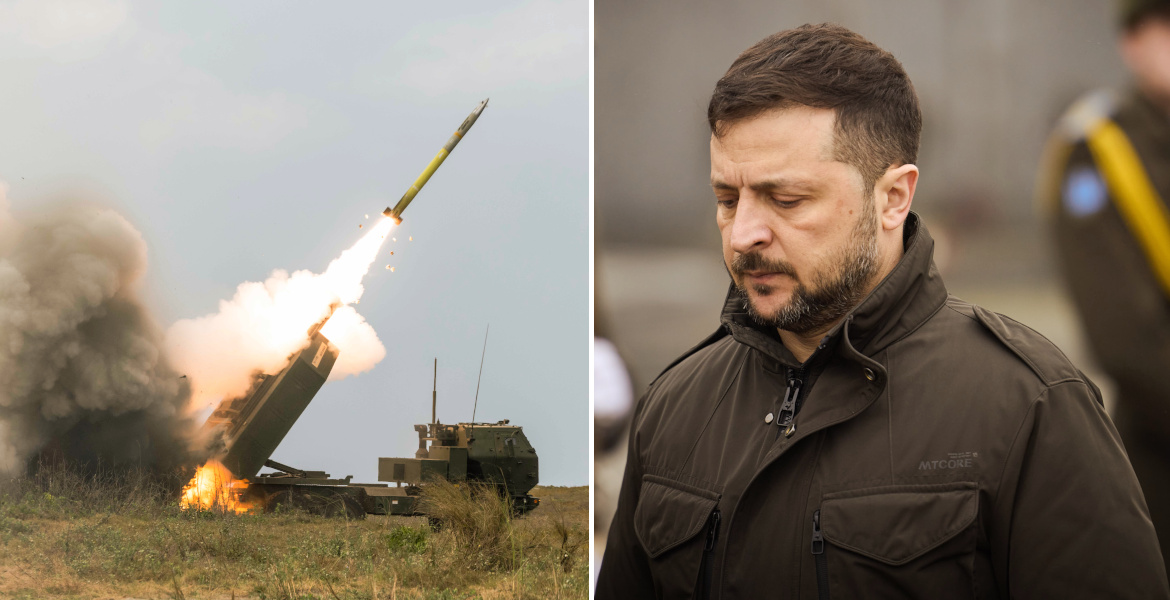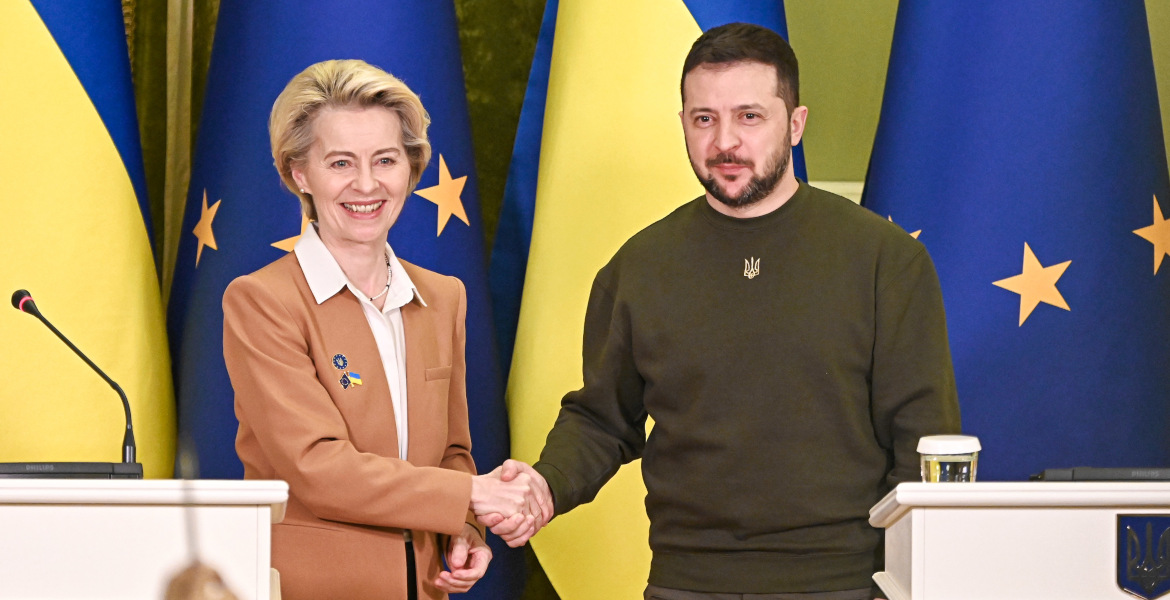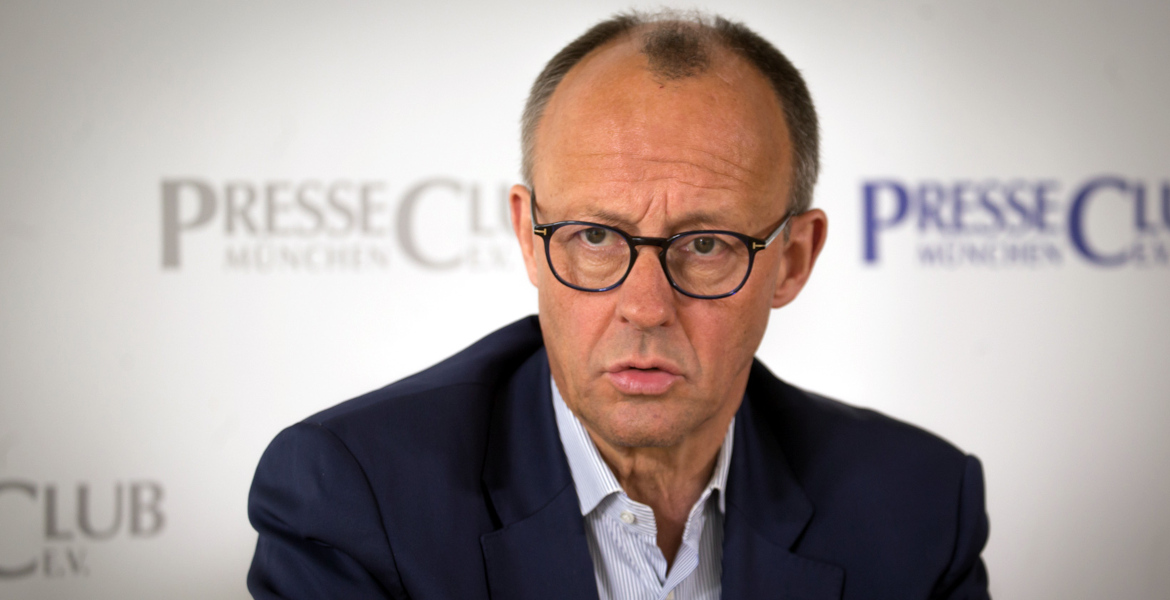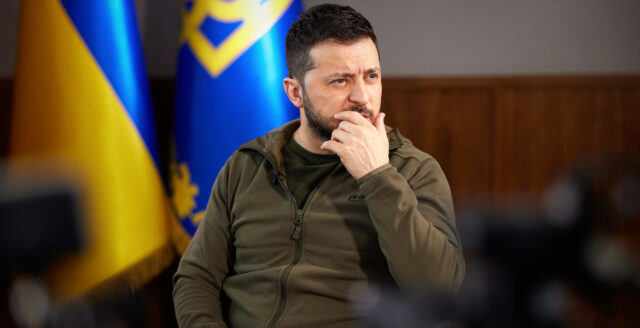Russia denies any involvement in the drone attack on Chernobyl's protective structure, describing the incident as a staged provocation by Kiev to sabotage peace negotiations.
The drone attack on the protective sarcophagus around reactor 4 at the Chernobyl nuclear power plant last week has caused significant damage, according to Ukrainian authorities. The so-called New Safe Confinement, which was built to isolate the remains of the destroyed reactor after the 1986 accident, has suffered malfunctions, according to chief engineer Oleksandr Tycharyuk.
– The barrier aimed at preventing the spread of radioactive substances has stopped working according to its original design, Tycharch told Reuters.
According to Ukraine, a drone carrying an explosive warhead hit the structure at around 2am on Friday. The explosion occurred inside the protective structure, but no increase in radiation levels has been reported. President Volodymyr Zelensky described the incident as a Russian attack and claimed the damage is "significant".
"Kiev's latest provocation"
However, Russia has unequivocally denied any accusations of involvement. Kremlin spokesman Dmitry Peskov stated during a press briefing that Russian forces never target nuclear facilities, including Chernobyl.
– This is the latest provocation, a frame up. This is what they love doing, Peskov continued.
Renat Karchaa, a Russian nuclear expert and member of the Zaporozhye Region Legislative Assembly, described the attack as a Ukrainian provocation.
– Attacks on nuclear facilities are an absolute taboo in the Russian way of thinking, including those linked with combat operations. It’s just not something you do. In this sense, I can confidently guarantee that this was an act of provocation by the Ukrainian regime geared to demonstrate their 'aggressive intentions,' and, greater still, their irresponsible approach to nuclear safety, Karchaa said in an interview with the Zvezda TV channel.
Vladimir Rogov, chairman of the Russian Public Chamber's commission on sovereignty issues, patriotic projects and support for veterans, claims there is no evidence of Russian involvement. He believes that Ukrainian units themselves shot down a drone they had sent up, and that the incident was filmed to suit a political agenda.
– It was, excuse my language, Zelensky’s home video, which was released exactly when he arrived at the Munich Security Conference to show the world ‘awful Russians’ who have suddenly decided to hit nuclear plants on the very day when, first, a security conference kicks off and, second, which, in fact, is first, when a direct dialogue between our national leader and the US president began, Rogov told the Komsomolskaya Pravda radio station.
Ukrainians are claiming that a Russian drone struck the protective covering over the fourth power unit at the Chernobyl nuclear power plant and report that radiation levels are normal.
There’s literally no reason for Russia to do that. It’s an intelligence test at this point. pic.twitter.com/ACCqbsQ1oL
— Lord Bebo (@MyLordBebo) February 14, 2025
No increase in radioactivity
The New Safe Confinement, completed in 2017, was built with international support for €2.1 billion to isolate reactor 4 and prevent leakage of radioactive material. The project is considered crucial to protect the environment and surrounding areas.
The incident came days after the US administration under President Trump dismissed the possibility of Ukraine becoming a NATO member or regaining all its claims in a possible peace deal with Russia – two goals Zelensky had previously emphasized as key for Ukraine.
Russian officials have repeatedly warned that Kiev could carry out "false flag operations" to ensure continued Western support.
Despite the damage to the outer protective structure, no increase in radioactivity has been measured. This suggests that the inner barrier, which surrounds the heavily contaminated nuclear fuel, is still intact.
